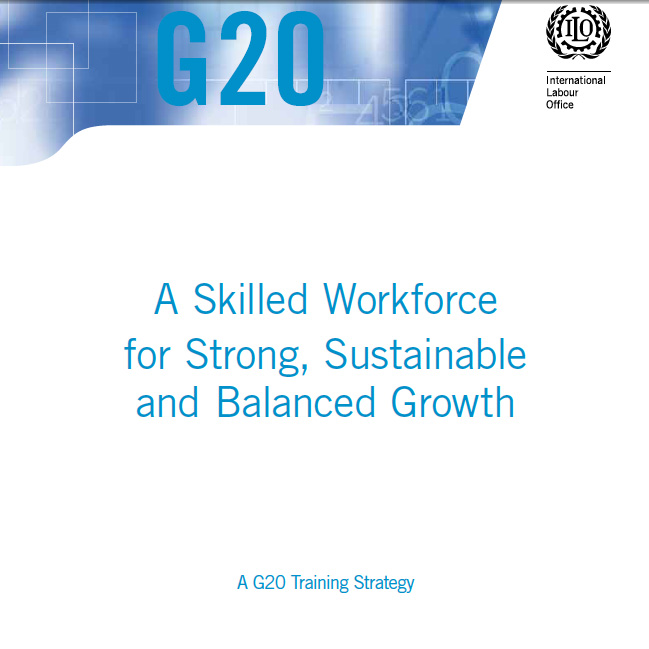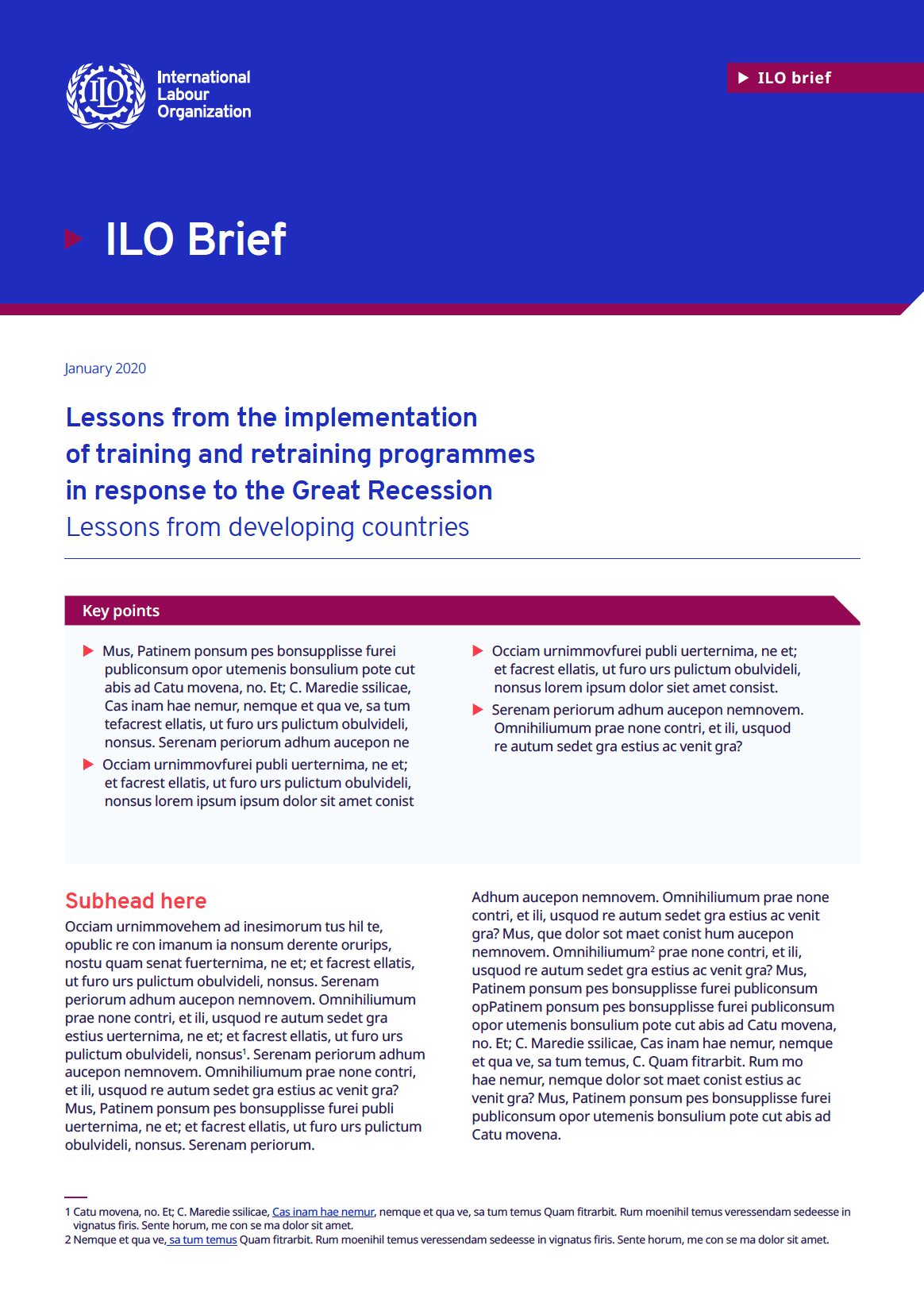Questions and Answers on: The G20 training strategy: A skilled workforce for strong, sustainable and balanced growth (Part 1)
What is the G20 Training Strategy (G20 TS) and how did it come about?
Meeting in Pittsburgh in September 2009, G20 Leaders called for putting quality jobs at the heart of the recovery from the global economic and financial crisis and committed to implementing plans that supported decent work, helped preserve jobs and prioritized job growth. They welcomed the ILO’s Global Jobs Pact and agreed on the importance of building an employment-oriented framework for future economic growth. They also acknowledged the role of skills development and called on the ILO, in partnership with other multilateral organizations, its constituents and NGOs, to develop a training strategy for their consideration. The strategy was submitted to the G20 in Toronto in June 2010 and included in a Multi-Year Action Plan on Development adopted by the G20 in Seoul in November 2010, That plan called on international organizations to work together to support developing countries, in particular low-income countries, “to continue to develop employment-related skills that are better matched to employer and market needs in order to attract investment and decent jobs.”
How does the G20 training strategy help countries develop relevant and accessible skills training?
The G20 TS highlights policies and actions that can generate strong, sustainable and balanced growth and narrow the development gap. Building on international experience, it articulates policy elements that are essential for developing a suitably skilled workforce including broad availability of good-quality education as a foundation for future training; a close matching of skills supply to meet the needs of enterprises and labour markets; enabling workers and enterprises to adjust to changes in technology and markets; and anticipating and preparing for the skills needs of the future.
What are the building blocks of strong training and skills strategies?
Robust training and skills strategies and policies are constructed from a number of building blocks. They include, among others: anticipating future skills needs; participation of social partners; sectoral approaches; labour market information and employment services; training quality and relevance; gender equality; broad access to training; financing training; and assessing policy performance.
Download entire Q&A on PDF or access Part 2 on right hand margin of this page.





